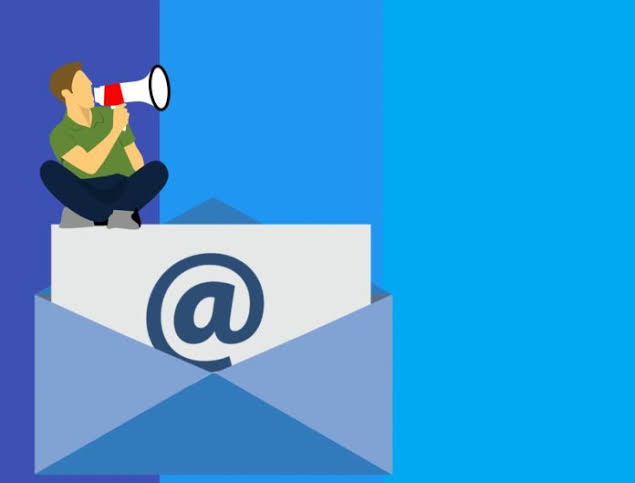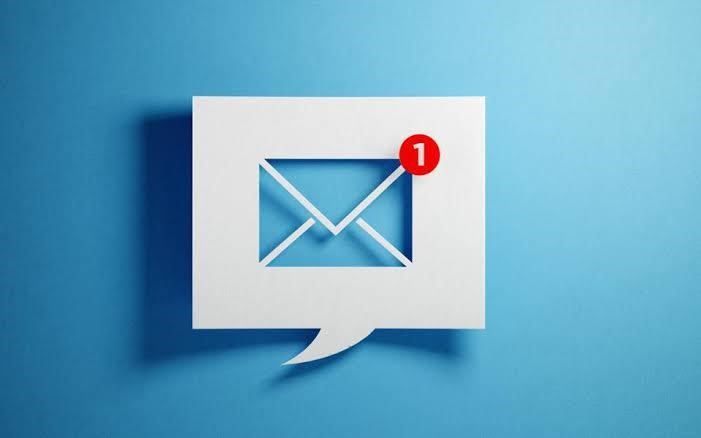Home > Columns > CRM Columns
5 Tips How to Use Email to Communicate With Your Customers
Contributed article by Thomas Jackson

(Source:https://retail-insider.com/articles/2020/11/5-tips-for-effective-customer-service-via-email/)
Communication is a crucial tool for the success of any
business. However, this is restricted to internal communications within the
business or among the employees. It also includes external communication
between the business and its customers. As we’re now in the digital age and the
internet plays a crucial role in how a business is run, virtual communication
is becoming the main forte for internal and external business communications.
In addition, communicating with customers over long distances and keeping in
touch with them is crucial to growth and success.
Email is one of the most common forms of electronic
communication used by businesses, but it’s not without its share of problems.
Your audience receives loads of email messages daily, and your email can get
lost easily. Also, your customers won’t like to waste their time reading
unnecessary emails. However, email remains an effective communication method if
done correctly.
Using emails to communicate effectively with customers
is crucial for your business and provides a faster means of communication. The
trick here is not just sending email but communicating effectively with it.
This is a skill that you must master to overcome most email-related problems.
This article discusses some tips to help you communicate with your
customers.
1. Invest in your subject line
A great subject line ensures that you’re up to 80% on the
way to communicating
effectively with your email. Remember that your customers receive tens of
emails daily, and they’re unlikely to open most. So using a catchy and
attractive subject line increases the chances of opening the email and reading
it. This shows that the subject line is an essential part of the email.
However, many people treat it like an afterthought. This is why they fail to
communicate because their audience doesn’t even get to read the email they’re
sending.
In writing an email subject line, ensure to use
personalization. Keep it concise and convey value while keeping the objective
of the email in mind. This increases the effectiveness of the subject line and
the email message.
2. Send only important information that affects them directly.

(Source: https://www.forbes.com/sites/blakemorgan/2020/04/16/5-tips-to-write-an-email-customers-will-actually-open-during-a-crisis/)
Billions of emails are sent every day, and many are useless
or unnecessary. Make sure you’re not one of those sending such emails. Your
customers stop looking forward to your email if you fail to communicate any
vital information to them. As much as it’s essential to send
emails frequently to keep in touch and keep you at the top of your
customer’s mind, you must ensure you’re doing it right. Use it primarily to
inform them about crucial information about your business that affects them
directly, especially if there’s been a change. Examples of information you can
send through email include:
- Major policy changes
- When the company opens or closes
- Altered terms and conditions
- Updated contact details
- Refund processes
3. Use email to send offers and promotions.
You should use your email to promote your services, as well
as offers and promos, for your customers.
While you can do this in many ways, sending an email on time that offers
genuine value (with all necessary information) about the promo and offers is
crucial. For instance, you may send emails about one-off offers, short-term
value discounts, new course assignments, etc. Your customers are very likely to
respond positively to this email and appreciate the excellent value you’re
offering.
In doing this, make sure to add urgency to your tone and
take advantage of FOMO. However, you must also ensure you’re not overplaying it
by being aggressive with the urgency in your tone and sending regular
reminders. Otherwise, you may put them off.
4. Timely reminders
Emails are not only good for passing information, but
they’re also ideal for sending timely reminders in case of upcoming events or
closing offers. While social media is good for publicity, there’s no guarantee
that your organic posts reach your audience when you want them to get the
information. Unless you promote your posts, most social media algorithms only
show your post to a few percentages of your followers, which could mean most
people don’t get the message. Email ensures that everyone gets the message, and
they also get timely reminders. For instance, if you’re hosting an online video
conference, you can inform everyone through emails and send reminders before
the day.
5. Make the message skimmable.
One mistake you can make in sending emails is to make it
hard to read or skim through your emails. These days people lack the patience
and attentiveness to read long blocks of texts. So if you’re sending emails
with long blocks of text, you’re not communicating effectively even if they
open the email. They’re likely to exit it without reading to the end and
getting the information in the email. This is why you must make your email
skimmable. Break it down into different sections. It’ll make it easier to skim
through, and your customers can find the main point of the email before closing
it and without reading it all.
Conclusion
Sending an email is easy, but communicating
effectively with emails is harder. These are some email tips to improve
your communication and make you more effective.
Author Bio
Thomas Jackson is a professional freelance content writer
and an active member of several writing clubs in New York. He has previous work
experience providing essay service for paper help. He has written several songs since he was a child. He gets
inspiration from the live concerts in front of close friends and family
members.